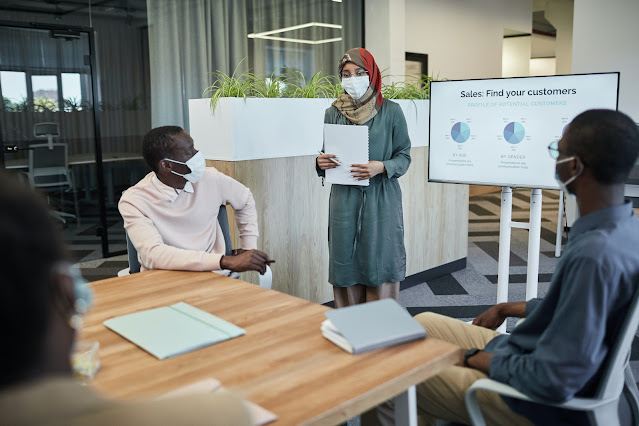Discuss key focus areas of maturity levels in detail.
Key focus areas: Key focus areas (KFA) indicate the areas that need to be focused on by an organization and are a set of related activities when performed collectively, help to achieve a particular level of maturity. KFA is defined from level 3(Planned) onwards, as this is the stage from where the e-governance effort is systematically attempted.
Planned:
- Define a quantifiable vision for the e-governance exercise.
- Conduct a needs assessment survey in view of objectives covering the following areas:-
- Survey of requirements both within and outside the organization.
- Analyze the requirement to identify priority areas for initiating e-governance exercises.
- Assess the extent of e-readiness for identified areas and requirements to achieve the desired level of e-readiness.
- Prepare an extensive plan on e-governance that includes the following areas:-
- Define objectives and goals for the e-governance exercise.
- design policies and strategies for implanting e-governance.
- Decomposes the e-government exercise into various activities.
- Project the resources requirements in terms of time, money, and manpower.
- Define implementation methodology.
- Identify risk factors and purposes risk mitigation plan.
- Define the expected impact and propose an impact assessment methodology.
- Prepare all the necessary documentation including vision and scope document for e-governance, need assessment survey document, policy guidelines, action plan, etc.
Realized
- Arrange for resources required to Implement the e-governance initiatives.
- Develop a high-level awareness and commitment among decision-makers, stakeholders, and users to initiate and carry forward the e-governance objectives.
- Select vendors for outsourced activities and formalize terms and conditions.
- Set up management committees with holders for executing and monitoring the e-governance objectives.
- conduct a detailed study and review of the existing business process in view of e-governance objectives.
- . Acquire, design, develop, test, and deploy e-governance services with the following issues in mind:-
- Address information needs of the common man in local language with easy-to-use interfaces.
- Ensures interoperability in terms of inter-connectivity, data integration, and information access.
- use open standards.
- Ensure easy accessibility to information.
- Provide efficient data communication.
- Build scalable architecture.
- Collect, compile, validate and update data.
- Conduct an impact analysis to access the effectiveness of service delivery.
Institutionalized
- Address the design reality gaps, if any by iterating between planning and realization phases.
- Evolve a mechanism to make e-governance an effortless exercise, so that the entire system develops an ability to evolve and scale up with time and new requirements.



Comments
Post a Comment